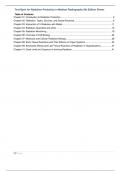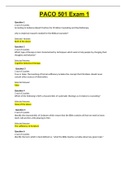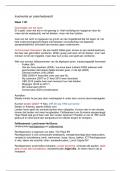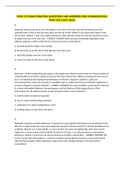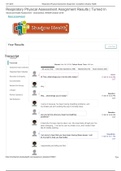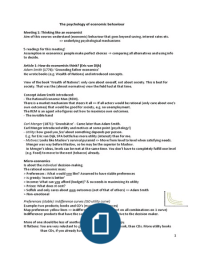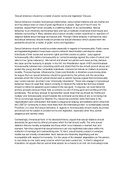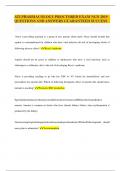Exam (elaborations)
Test Bank Test BankRadiation Protection in Medical Radiography 8th Edition Sherer
- Course
- HEALTHCARE
- Institution
- Chamberlain College Of Nursing
Test Bank for Radiation Protection in Medical Radiography 8th Edition Sherer Table of Contents Chapter 01: Introduction to Radiation Protection .................................................................................. 2 Chapter 02: Radiation: Types, Sources, and Doses Received .............
[Show more]
